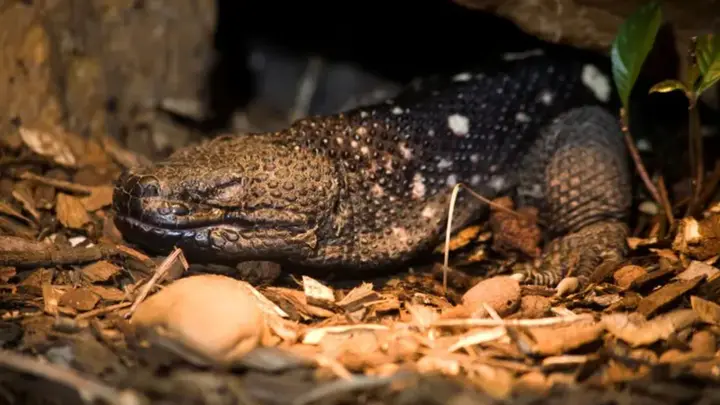Gallery photo by Doug Beckwith
A Colorado man illegally keeping 2 Gila Monsters as pets was killed after being bitten by one of them last week. The 12 inch Gila, a juvenile, was confiscated by Colorado Parks and Wildlife and will be transported this week to a lab in Greeley at the University of Northern Colorado, known for researching reptile venoms for use in pharmaceuticals.
Gila Monsters, Heloderma suspectum, are the only venomous lizard in the United States and bites from them are quite rare, deaths even moreso, the last recorded death being in 1930. While it is illegal to collect wild Gila Monsters everywhere in their natural range in the United States, Gilas are relatively uncommon in the pet industry, but captive bred specimens are available to those that can obtain the proper licenses and paperwork.
Gila Monsters venom and their unique blood chemistry, have long been subjects of research by the pharmaceutical industry, and research has led to the Semaglutide diabetes drugs Ozempic, Rybelsus, and others.
Read more at:
Gila Death News Article Link …read more
Read more here: King Snake



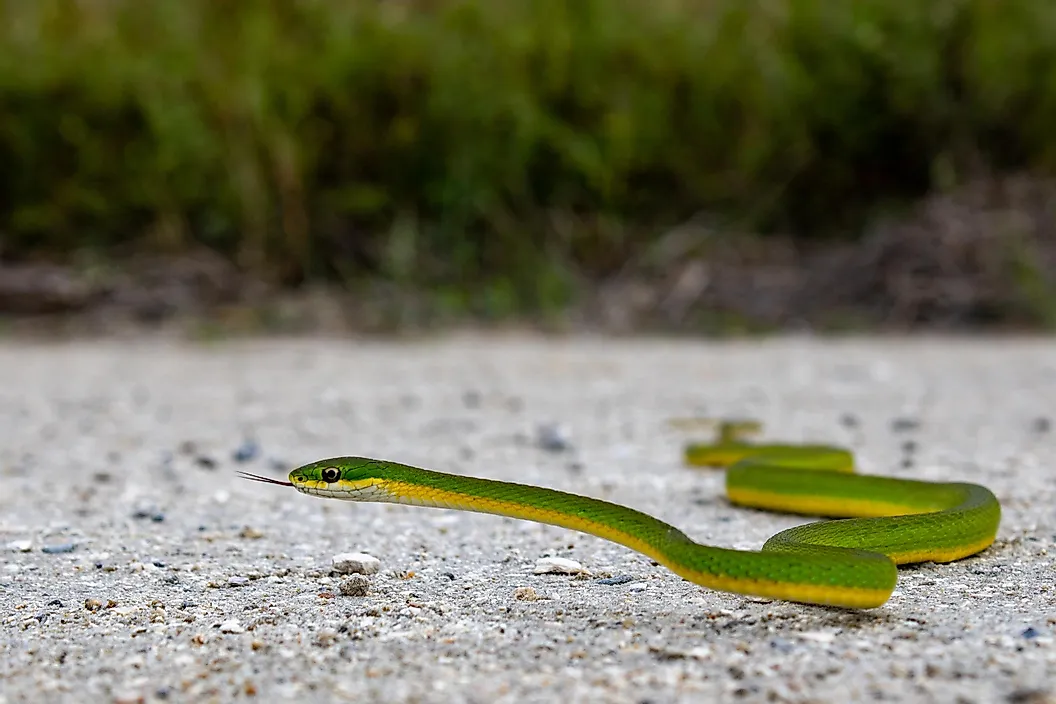





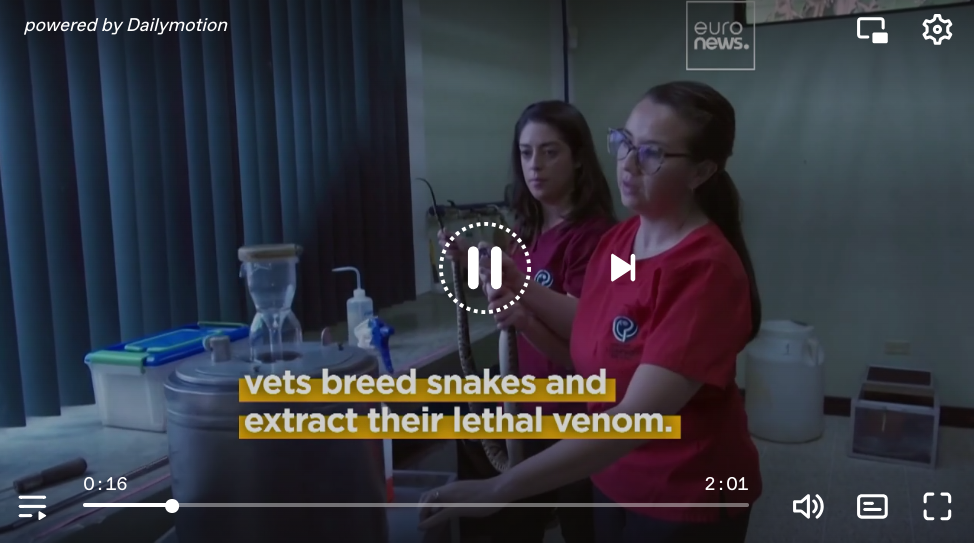
-med.jpg)







.JPG-med.jpg)
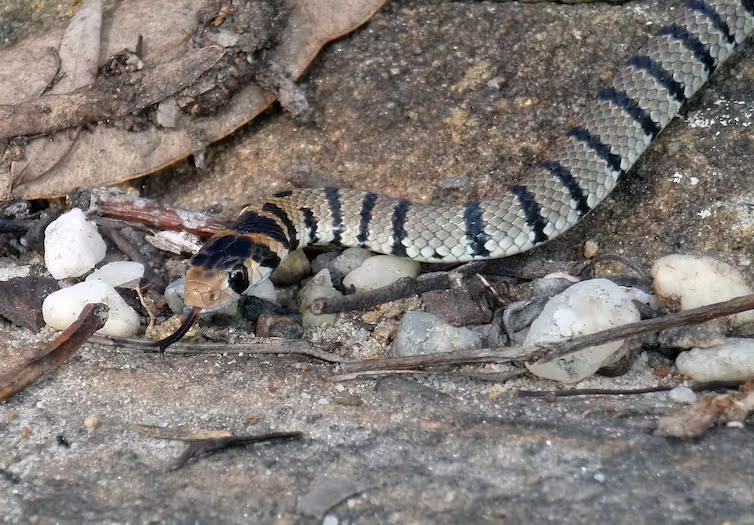

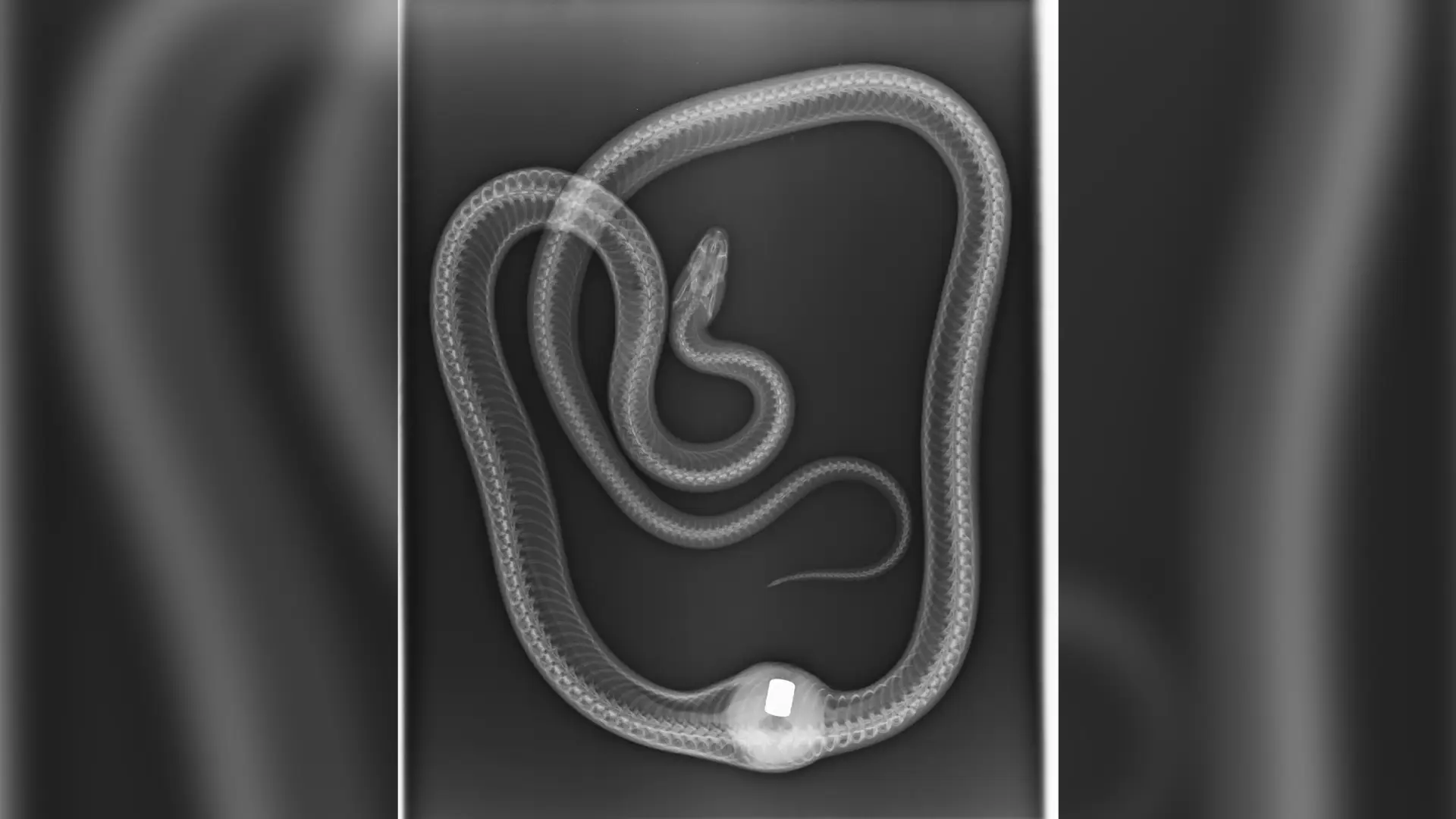

-med.jpg)

